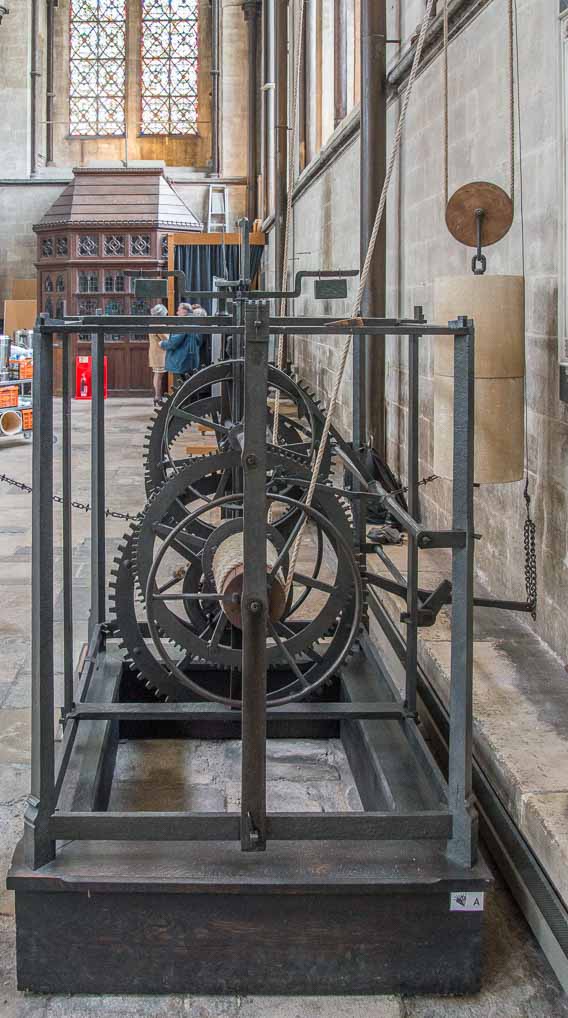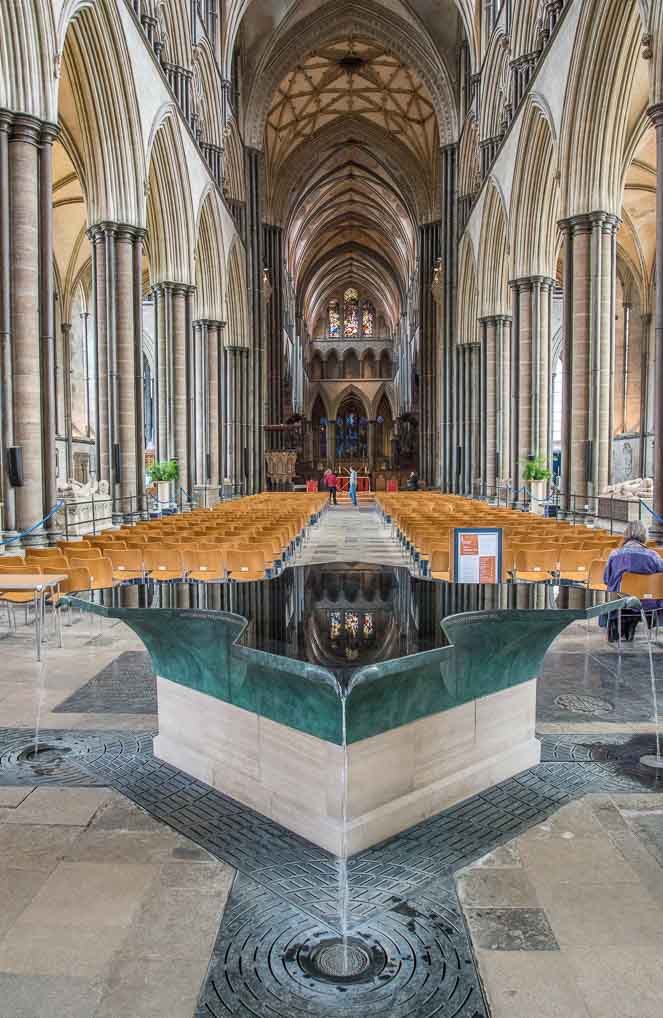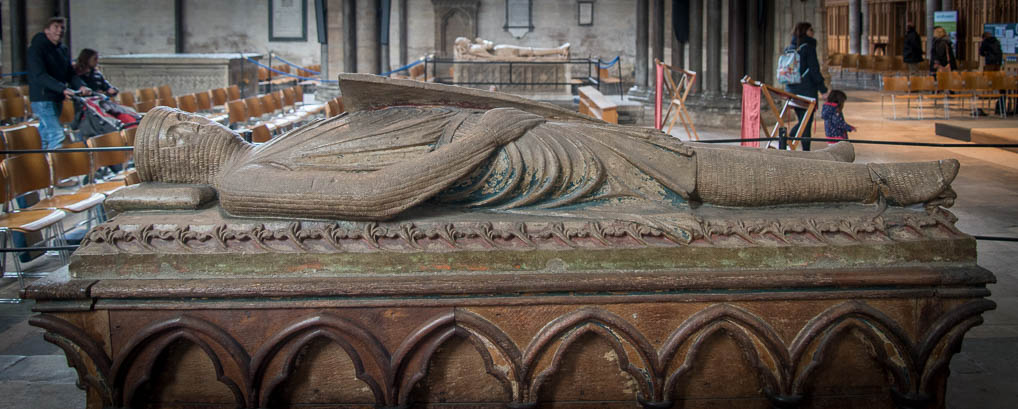I think I put my foot in it with our host last night. When the farmer came to collect our camping fee I made some remark about him collecting vintage tractors and he told me that they all ran and were used on the farm. In my surprise I heard my self saying “even that one over there” in a derisive tone, pointing to a decrepit David Brown tractor on the far side of the camping field. Yes he replied, I cut the campsite grass with that one.
So we beat a hasty retreat from Robin Hill Farm this morning heading first for Salisbury, a city neither of has ever visited. Our tour got off to a good start when we found that due to the much publicised nerve agent attack, all parking is currently free “in support of the city”.
Much evidence still exists of the despicable attack on the Skripals: the whole area where they were found remains sealed off and guarded by the police, as is Zizzi’s restaurant and a part of a cemetery we passed on the way in. The city still seemed busy, with the churches unusually full due to it being Palm Sunday.
Salisbury is another attractive small city, but without the past political importance of Winchester. The streets are still lined with a few medieval houses and a large array of Georgian properties, with a particularly fetching collection in the Cathedral close.

Salisbury

Cathedral Close
The Cathedral itself is, in a strange way, the opposite of Winchester – beautifully elegant on the outside, but with a rather plain interior. It is famous for having the highest spire in Britain at height of over 400 feet and the architecture is particularly harmonious, having been build extremely quickly, in a little over 40 years in the 13th Century.

The Cathedral
Inside there are a few interesting areas. There is one of only two Magna Carta not owned by the British Library, the other being at Lincoln Cathedral. Lincoln now charges a small fortune to see

The Cathedral from a less familiar angle.
their copy, but Salisbury have left theirs to be viewed in the Cathedral. There is also, what is claimed to be, the oldest working mechanical clock in the world. Constructed in the 14th century, it still works and sounds on the hour, driven by heavy stone weights dangling above it.

World’s oldest working mechanical clock

The nave with very modern font in the foreground

The tomb of Henry II’s illegitimate son – King John’s half brother
Having thoroughly exhausted the Cathedral we had a general wander around the adjacent water meadows and the town generally, finishing up at St. Thomas’s church where I popped in to see it’s famous “Doom Painting”, depicting Christ presiding over the day of judgement. It is not only the largest of its kind in England, but it is also quite rare to find such early paintings in English churches which were mostly destroyed during the Reformation. This example had been painted over, but luckily when discovered it had largely survived.

15th Century Doom Painting
After lunch we set off back down to the coast, which we will now follow more closely. We are parked up on a Caravan Club Site near Harman’s Cross in Dorset. The last part of the journey here was across Dorset heathland very reminiscent of Thomas Hardy’s location for Return of the Native.
This entire area is a World Heritage Site known as the Jurassic Coast, on account of the large number of fossils found in the rocks here. Our campsite is about 2 miles from the sea and so, weather permitting, we plan to do a longish walk tomorrow along the coast and investigate what sounds like a rather unique pub – another suggestion from the very knowledgeable Uncle Geoff.
